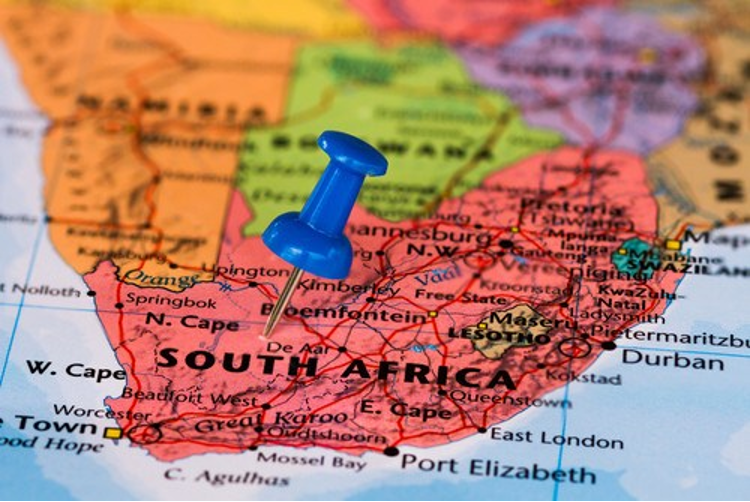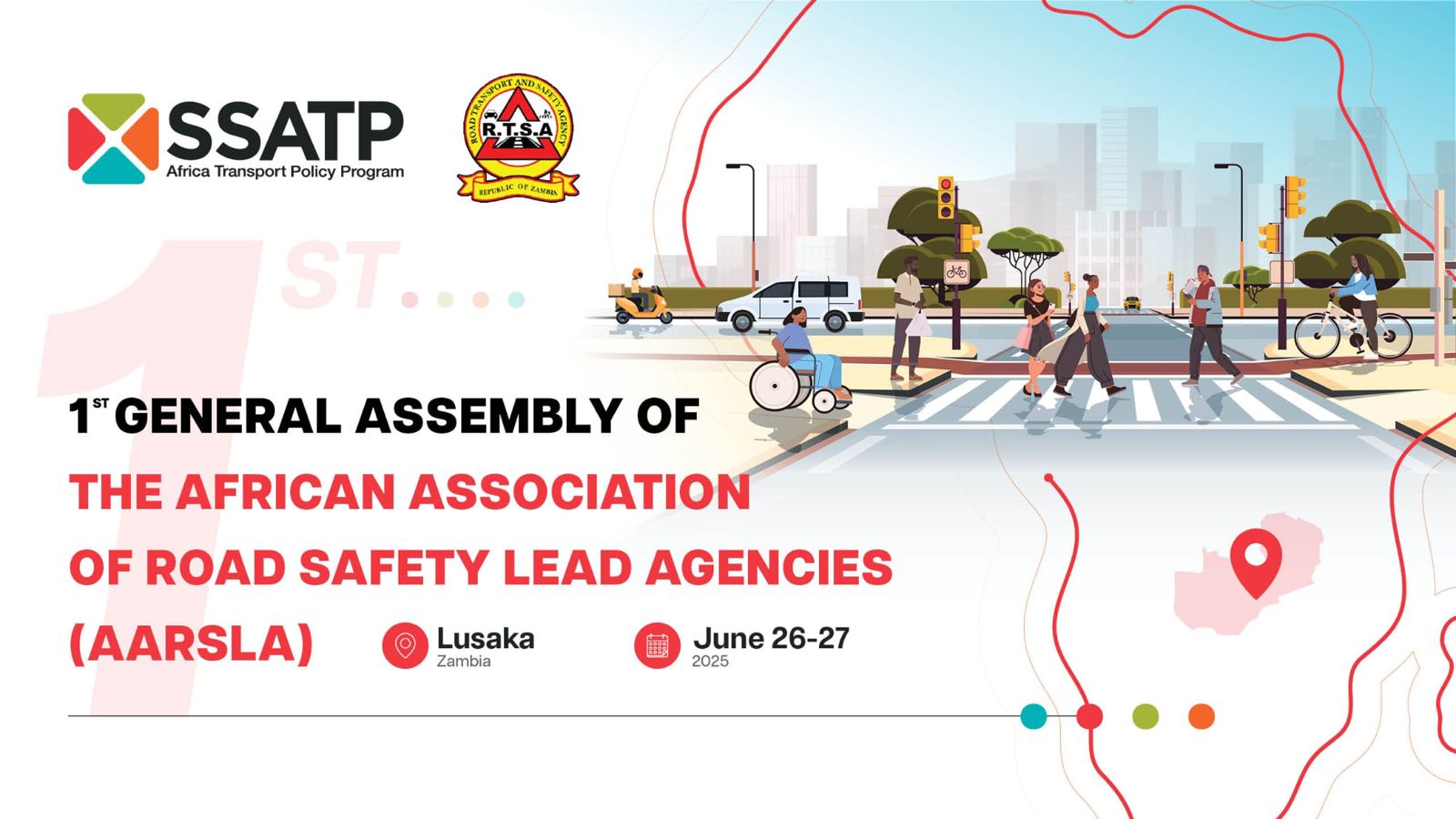The time for mere curiosity is over: for South African companies, adopting autonomy within their supply chains is no longer a distant goal but an urgent necessity. Future leadership will depend on the ability to build next-generation logistics — powered by artificial intelligence (AI) and data — capable of sensing, predicting, and reacting instantly.
Organizations that delay modernizing their operations risk being sidelined in a market where speed is synonymous with survival and relevance.
The Weaknesses of Traditional Models in South Africa
South Africa’s unique operating environment makes this transformation all the more pressing. Endemic problems such as load-shedding (power cuts), logistical bottlenecks at ports and borders, shortages of skilled labor, and inflationary pressures have exposed the fragility of traditional supply chain systems.
Companies are often overwhelmed, lacking the visibility needed to anticipate delays, redirect inventory efficiently, or quickly reallocate resources. Worse still, many continue to view supply chain management as a mere support function rather than as a strategic lever for growth and competitiveness.
This is a costly mistake. Today, the supply chain is the very heart of business strategy, capable of shaping an organization’s image and performance in the eyes of its customers.
The Tangible Benefits of the Autonomous Approach
Adopting autonomous supply chains yields measurable and significant improvements:
- Increased productivity (an average reported improvement of 25%).
- Reduced delivery times (by up to 27%).
- Lower environmental impact (a 16% reduction in carbon emissions).
In short, such companies become faster, greener, and more profitable. They are also better prepared to absorb shocks — whether it’s a capacity issue at Durban port, a sudden fluctuation in demand, or a cybersecurity threat.
Autonomous systems don’t just flag problems; they fix them in real time. In a country where disruption is the norm, such resilience is the key differentiator between stagnation and leadership.
What Does Supply Chain Autonomy Mean?
Autonomy goes far beyond mere automation. It’s not about replacing humans — it’s about amplifying their potential through AI and data. These systems learn 24/7, detect subtle market signals, and adjust instantly.
Autonomy translates into:
- Faster decision-making: Choices are made closer to the point of action, unhindered by slow procedures or hierarchical delays.
- Total integration: Demand forecasting is directly connected to production, routing, restocking, and customer communication — with no human lag in between.
It’s a paradigm shift where employees spend less time managing crises and more time refining strategy and resilience. Imagine AI as the conductor, orchestrating every function of the supply chain in perfect harmony.
The Starting Point: Visibility and Digital Foundations
Because of its complexity and socio-economic diversity, South Africa is an ideal testing ground for such systems. However, the transition must be deliberate. It doesn’t start with a massive tech overhaul — it begins with visibility and data quality.
If a company cannot visualize its end-to-end supply chain — from procurement to delivery — it can neither manage nor automate it. The first step is building a solid digital core: cloud-based platforms that unify data, standardize formats, and create a single, reliable source of operational truth.
Elevating the Human Element
Autonomy doesn’t remove people — it makes them more strategic. By eliminating repetitive, reactive tasks, it:
- Frees planners to focus on innovation and exception management.
- Allows procurement teams to develop long-term strategic partnerships instead of chasing short-term price gains.
- Transforms supply chain leaders from crisis managers into architects of sustainable growth.
Commitment must be firm: South African companies need to move from passive interest to decisive action.
The High Cost of Inaction
Complacency is the real threat. The risks are mounting — climate shocks, persistent energy instability, shifting trade regulations, and increasingly demanding consumers who tolerate neither delays nor waste.
For essential goods, especially in underserved regions, inefficiency in logistics drives up costs and limits access — with direct social consequences.
In Conclusion
Short-term survival depends on the digitalization of operations. But to lead tomorrow’s market, companies must begin building autonomy today.
The real competition isn’t between companies — it’s between those that adapt and take action, and those that do nothing at all.






